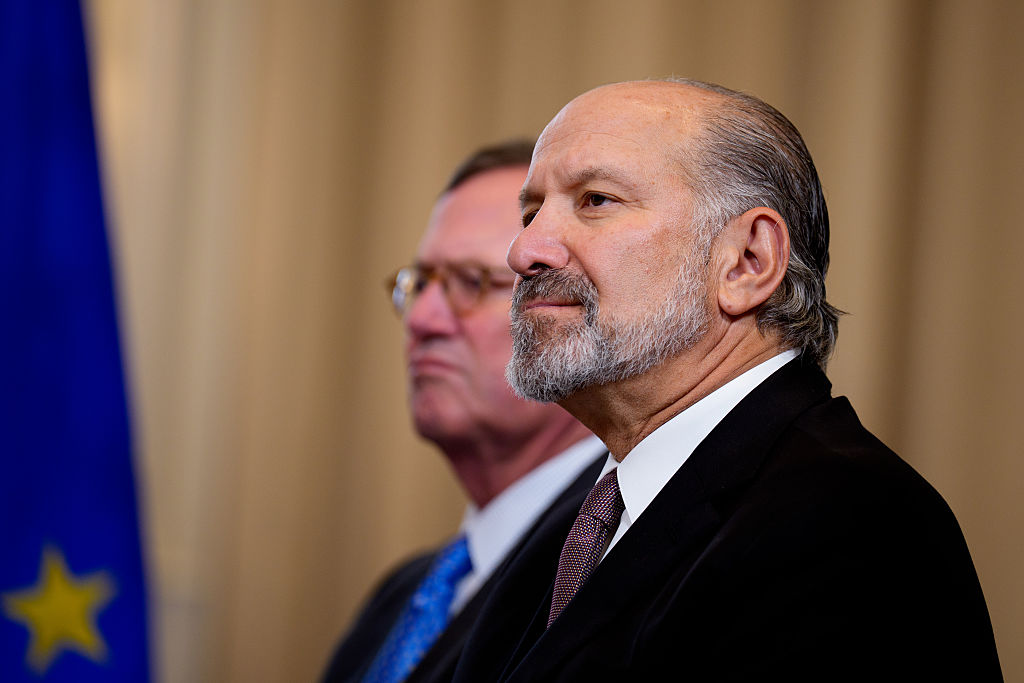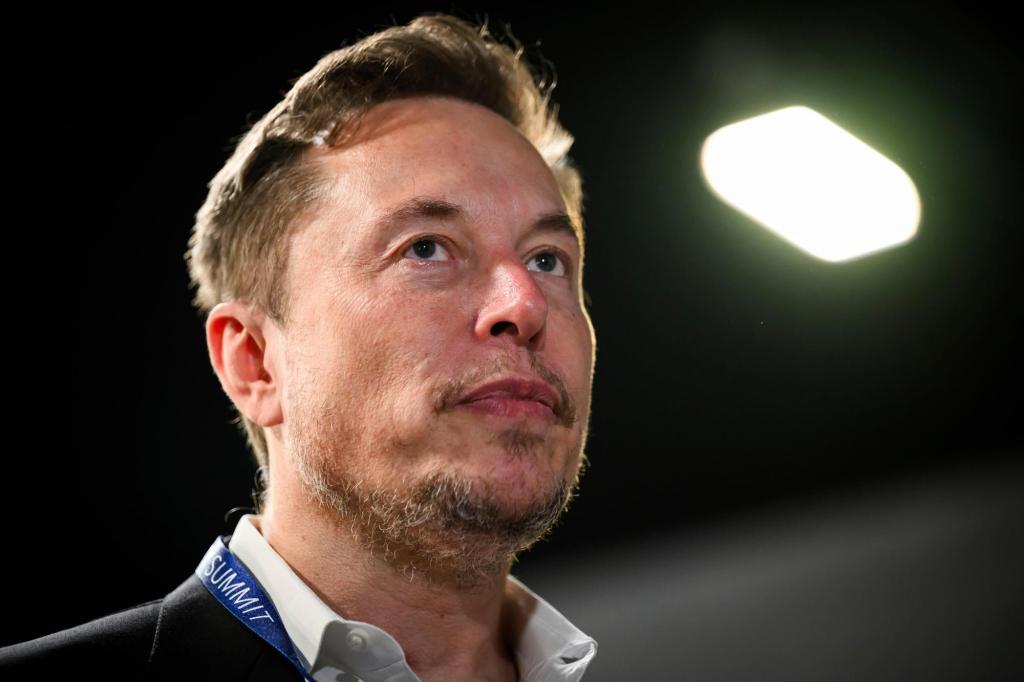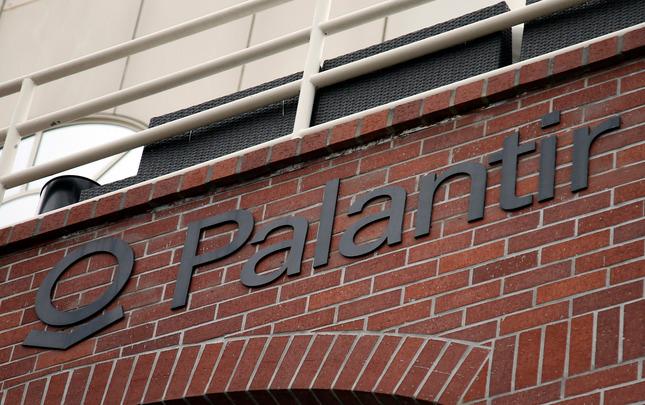
President Donald Trump’s so-called “Liberation Day” tariffs are scheduled to take effect Aug. 1, following the expiration of a 90-day pause. “No extensions. No more grace periods. August 1, the tariffs are set,” Commerce Secretary Howard Lutnick declared on Fox News Sunday on July 27.
Since their initial announcement on April 2, the White House has engaged in trade negotiations with dozens of countries to secure more favorable tariff rates and revised trade terms.
To date, the U.S. has reached tariff agreements with the U.K., European Union and Japan, all of which secured lower rates than initially proposed. The U.K. negotiated a 10 percent tariff on its exports to the U.S., while the E.U. and Japan settled at 15 percent. These are still significantly higher than pre-Trump trade levels, but below the rates announced in April. Japan also committed to a $550 billion investment in strategic American sectors, including semiconductor manufacturing.
Other major U.S. trade partners, including China, remain without deals. Canada, Mexico and South Korea are bracing for tariffs of 35 percent, 30 percent and 25 percent, respectively, starting Friday.
Earlier this month, Trump said he would send letters to more than 150 countries notifying them of their final tariff rates. According to the Yale Budget Lab, the average effective tariff rate on all U.S. imports will exceed 20 percent on Aug. 1, the highest level in more than 100 years.
Tariff announcement triggers “TACO” trade
Markets recoiled immediately after the April 2 announcement, with the S&P 500 and Nasdaq suffering their worst single-day losses since the pandemic. JPMorgan warned that if the tariffs were implemented as planned, the U.S. could tip into recession.
Trump initially delayed implementation with a 90-day pause, pushing the effective date to July 9. A further extension moved the start date to Aug. 1, as trade talks continued. The only element that took effect immediately was a baseline 10 percent tariff on all imports, albeit with some carveouts.
Wall Street took note. Financial Times columnist Robert Armstrong coined the term “TACO trade”—short for “Trump Always Chickens Out”—to describe the market’s growing expectation that Trump’s bold declarations would be walked back. But if Trump follows through on Aug. 1, investors may finally believe he’s not bluffing, potentially sparking another sell-off.
In announcing the tariffs on April 2, President Trump invoked the idea of “reciprocal tariffs,” claiming countries like China imposed disproportionately high duties on U.S. goods. But the White House’s calculations—based on trade deficits rather than actual tax rates—were widely dismissed by economists as misleading. Persistent trade imbalances, they argue, are driven more by global capital flows and currency dynamics than by foreign tariffs.
Where is the U.S. economy headed?
Despite the administration’s insistence that tariffs won’t be inflationary, signs are already emerging. June’s consumer price index (CPI) rose to 2.7 percent year-over-year, up from 2.4 percent in May—even as imports and consumer spending declined and the Fed held rates steady at 4.5 percent.
Federal Reserve Chairman Jerome Powell has signaled a cautious approach, saying the central bank will “wait and see” how tariffs affect the broader economy before adjusting rates. While the 10 percent baseline tariff hasn’t yet triggered sharp inflation, many companies stockpiled inventory after Trump’s election, locking in lower prices that cushioned short-term effects. But that buffer is fading. Walmart and other major retailers have already warned that price hikes are coming.
Stephen Stanley, chief U.S. economist at Santander, projects CPI to hit 3 percent by year-end. JPMorgan now puts the odds of a global recession in 2025 at 40 percent. That raises the specter of stagflation, the dreadful combination of high inflation and low growth. Stagflation would corner the Fed into a no-win policy trap. Raising rates could control inflation but worsen the downturn. Cutting them might stimulate growth but pour fuel on rising prices. The Fed’s dual mandate—price stability and low unemployment—does not explicitly include growth, and history shows it has prioritized inflation control in previous stagflationary episodes.
<



